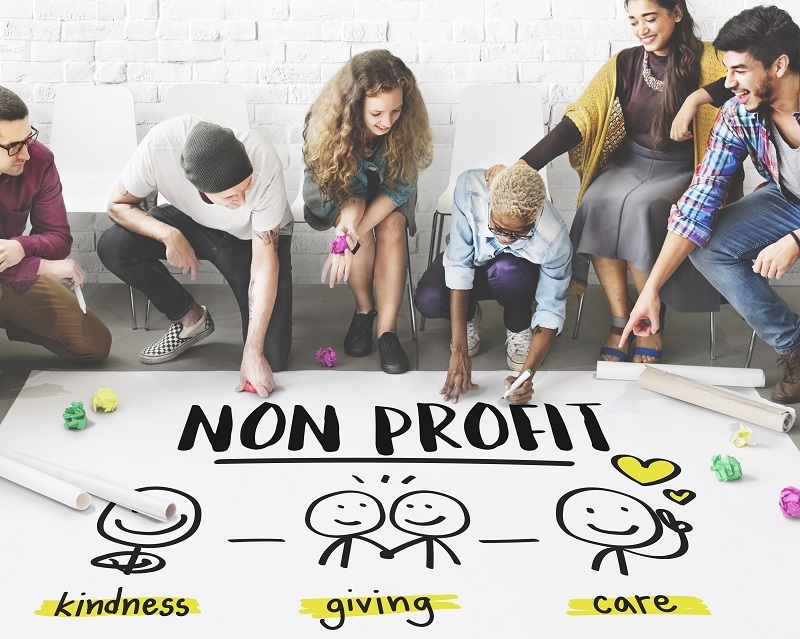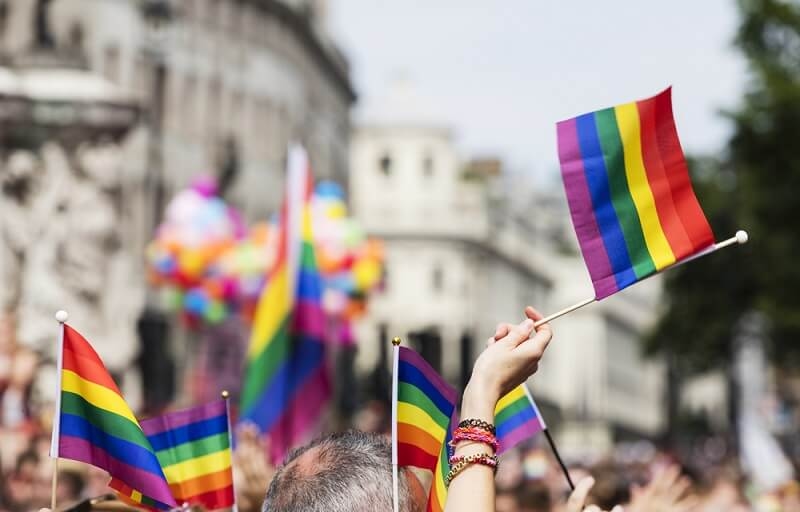Providing Resources For LGBTQ+ Youth in Higher Education

In recent years, the LGBTQ+ community has made many strides in gaining visibility and acceptance. With this newfound visibility, however, comes the need for resources and guidance to help LGBTQ+ youth transition into higher education. It is essential that higher education institutions be aware of the unique challenges and needs of LGBTQ+ youth in order to provide a supportive and inclusive environment. This article will explore the resources available to LGBTQ+ youth in higher education, as well as offer guidance on how to navigate the transition to college.
Understanding the Challenges Faced by LGBTQ+ Youth in Higher Education
The transition to higher education can be a challenging time for all students, but for LGBTQ+ youth, there are often additional obstacles that must be overcome. LGBTQ+ youth may face discrimination and hostility from fellow students, as well as a lack of acceptance from faculty and staff. They may also be concerned about their safety on campus, as well as the lack of support systems available to them. These challenges can make it difficult for LGBTQ+ youth to feel comfortable and confident in their environment.
In addition, LGBTQ+ youth may feel isolated on campus due to a lack of resources and support systems. LGBTQ+ students may not feel comfortable discussing their sexual orientation or gender identity with faculty or peers, and may not have access to support groups or other resources to help them cope with the challenges they face.
Finding Support in Higher Education

The good news is that there are a variety of resources available to LGBTQ+ youth in higher education. Many colleges and universities have student organizations and support groups specifically for LGBTQ+ students. These groups provide a safe space for students to discuss their experiences and find support from their peers. Additionally, many campuses have LGBTQ+ centers that provide resources and support to LGBTQ+ students. These centers often offer counseling, educational programs, health services, and other resources to help LGBTQ+ students navigate their college experience.
It is important for LGBTQ+ youth to seek out these resources and take advantage of the support systems available to them. Doing so can help them to feel safe and accepted on campus, and can provide a valuable source of support during their college years.
Building an Inclusive Campus Environment
In addition to the resources available to LGBTQ+ students, it is essential that higher education institutions create an inclusive and welcoming environment for all students. This includes implementing policies that protect LGBTQ+ students from discrimination, as well as providing gender-inclusive housing and restrooms. It also means educating faculty and staff on the unique needs of LGBTQ+ students and creating an environment of acceptance and understanding.
Creating an inclusive and welcoming environment is essential to ensuring that all students feel safe and accepted on campus. By taking steps to create an environment of acceptance, higher education institutions can provide a supportive and welcoming environment for all students.
Encouraging Openness and Dialogue
In order to create an inclusive and welcoming environment for LGBTQ+ students, it is important to encourage open dialogue and discussion. LGBTQ+ students should feel comfortable discussing their sexual orientation and gender identity with peers and faculty and should be encouraged to participate in conversations about the unique challenges and needs of the LGBTQ+ community.
It is also important to create safe spaces for LGBTQ+ students to talk openly and honestly about their experiences. These spaces can be used to provide support to LGBTQ+ students and allow them to discuss their challenges and successes in a safe and accepting environment.
Understanding the Intersectionality of LGBTQ+ Identity
It is important to recognize that LGBTQ+ identity is not a single experience, but rather an intersectional identity that encompasses a variety of identities and experiences. LGBTQ+ students may identify as queer, lesbian, bisexual, transgender, gender non-conforming, asexual, and/or intersex, among other identities. It is important to recognize and respect the unique experiences of each individual, and to provide resources and support that are tailored to each individual's needs.
Additionally, it is important to understand that LGBTQ+ identity can intersect with other identities, such as race, ethnicity, religion, and class. Understanding the unique experiences of each individual is essential to creating an inclusive and supportive environment for all students.
Supporting Transition into Higher Education

The transition to college can be a difficult time for all students, but for LGBTQ+ students, it can be particularly challenging. It is important for higher education institutions to provide resources and support to help LGBTQ+ students transition successfully into college life. This includes providing counseling services to help students adjust to their new environment, as well as offering resources and support to help them navigate the college admissions process.
Additionally, higher education institutions should provide resources to help LGBTQ+ students find scholarships and financial aid specific to their needs. These resources can be invaluable to LGBTQ+ students who may face additional financial challenges in pursuing higher education.
Protecting the Rights of LGBTQ+ Students
It is essential that higher education institutions take steps to protect the rights of LGBTQ+ students. This includes implementing policies that protect LGBTQ+ students from discrimination and harassment, as well as providing gender-inclusive housing and restrooms. It is also important to ensure that LGBTQ+ students have access to healthcare services that are tailored to their needs.
Additionally, higher education institutions should educate faculty and staff on the unique needs of the LGBTQ+ community and students and should provide resources and support for faculty and staff who wish to create a more inclusive environment for their students. By taking steps to protect the rights of LGBTQ+ students, higher education institutions can create an environment in which all students feel safe and respected.
Supporting LGBTQ+ Faculty and Staff
In order to create an inclusive and welcoming environment for LGBTQ+ students, it is also essential to support and empower LGBTQ+ faculty and staff. Higher education institutions should ensure that LGBTQ+ faculty and staff are treated with respect and provided with the same rights and privileges as their colleagues.
Additionally, higher education institutions should provide resources and support to LGBTQ+ faculty and staff, such as training on how to create an inclusive environment for students, as well as resources to help them navigate the challenges of their own academic and professional journeys. By creating an environment of acceptance and understanding for LGBTQ+ faculty and staff, higher education institutions can provide a supportive and welcoming environment for all.
Creating an Inclusive Campus Climate
Creating an inclusive and welcoming environment for LGBTQ+ students is essential to ensuring that all students feel safe and accepted on campus. Higher education institutions should take steps to create a campus climate that is inclusive and affirming of all students, regardless of their sexual orientation or gender identity. This includes providing resources and support to all students, as well as implementing policies that protect LGBTQ+ students from discrimination and harassment.
Additionally, higher education institutions should take steps to educate faculty and staff on the unique needs of LGBTQ+ students and should provide resources to help them create an inclusive and welcoming environment. By taking these steps, higher education institutions can create a campus climate in which all students feel valued and respected.
Conclusion
The transition to higher education can be a challenging time for LGBTQ+ and transgender youth, but by providing resources and support, higher education institutions can create an environment in which all students feel safe and accepted. By taking steps to create an inclusive and welcoming environment, higher education institutions can ensure that LGBTQ+ youth have the support and guidance they need to transition successfully to college life. By creating a supportive and inclusive environment, higher education institutions can help LGBTQ+ youth to build a bright future for themselves.





















